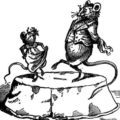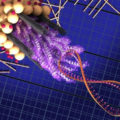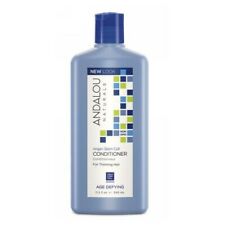
Embryonic stem cells have astonished scientists with their facility to develop into any kind of cell in the human body, but our understanding of howstem cells make this transformation has been sketchy at best. Now, researchers at University of Florida’s (UF) McKnight Brain Institute have shown that embryonic stem cells develop according to their environment, even occurring outside the body in a petri dish.
Based on animal models, the institute’s new findings, to be published in the Proceedings of the National Academy of Sciences, may eventually provide an answer to one of science’s most vexing questions: How do nascent cells develop into an organ as complex as the human brain? To place this landmark line of research into an appropriate context, it may one day provide scientists with the ability to grow specialized cells that could be used treat patients with any number of brain disorders, including epilepsy, Huntington’s, Parkinson’s and Alzheimer’s disease.
The team’s experiments also confirmed that a glycoprotein called Laminin (a fundamental element in the scaffolding of membranes in nearly every animal) activates a developmental pathway vital to the generation and survival of certain types of brain cell. Stem cells influenced by the Laminin molecule eventually develop into a brain structure known as the medial ganglionic eminence, which is thought to generate a population of emerging neurons located in the cerebral cortex. The cerebral cortex is a structure that helps coordinate sensory, motor and cognitive function. “This is significant because this molecule is frequently used to secure cells onto culture dishes in stem cell labs all over the world,” said Bjorn Scheffler, a neuroscientist with UF’s College of Medicine. “Everyone believes this molecule is purely growth supportive, but now we’ve shown it changes the fate of cells it is working with. When you grow the cells in a culture dish you are actually educating them to become something very special.”
Since the 80s, Steindler has been researching the effects that certain molecules have in the extracellular matrix; a mixture that envelops developing brain cells. Like a sheep dog, these molecules are thought to move about sectioning off the brain into different regions. It’s believed that if molecules from the matrix do activate genes in stem cells responsible for generating neural components, then potentially any of the molecules could be tested to find its specific role during development of the brain, says UF neuroscientist Katrin Goetz, first author of the paper.
Therefore, say the researchers, the findings show how embryonic stem cells branch out to develop into specific neural structures. Researchers are also able to confirm that rodent embryonic stem cell biology can be used to understand fundamental brain function, which could lead to treatments that use adult stem cells taken from patients to treat an array of brain diseases and injuries.
“We largely keep the brain cells we are born with for life, but we also have stem cells in our brain that can divide and make new neurons for maintenance,” commented Gordon Fishell, a professor of cell biology who reviewed the study. “Stem cells continue to proliferate because they are in a specialized ‘niche’ that nurtures them and keeps them dividing. Previous studies have shown that factors in the niche are important for stem cell proliferation. Less studied are the means by which these cells are directed to become specific types of neurons useful in the adult brain. This work is the first to systematically look at how components in the extracellular matrix affect the fate of these cells. It seems the niche doesn’t just support these cells, it tells them what to become. It educates stem cells for a bright future.”









Comments are closed.